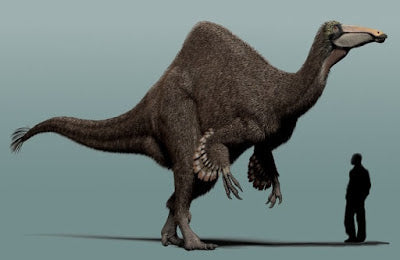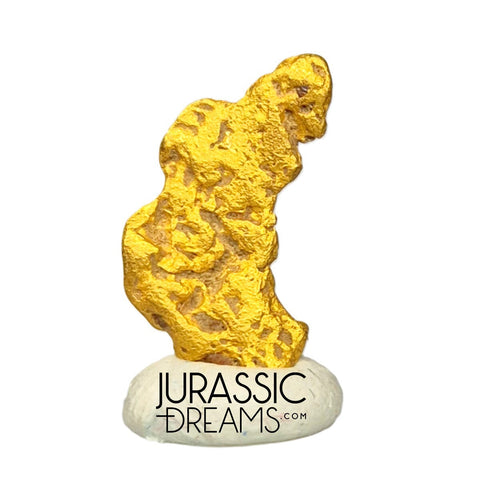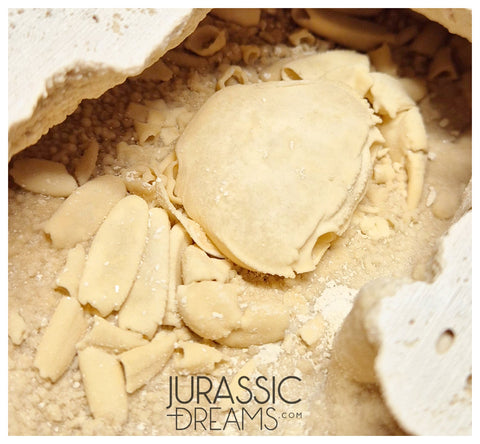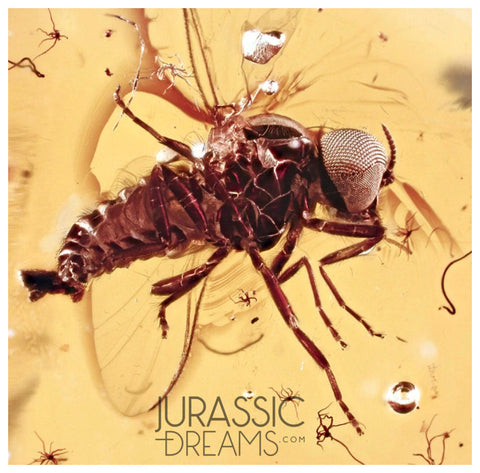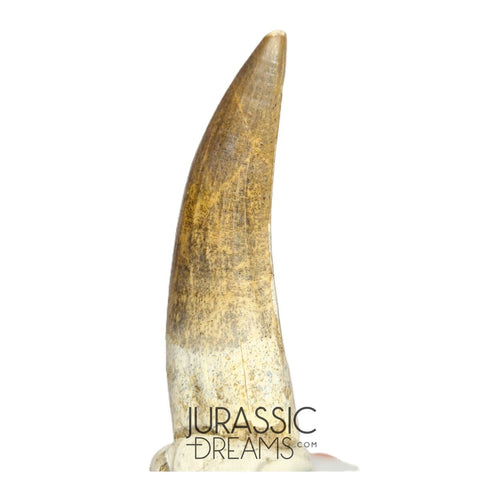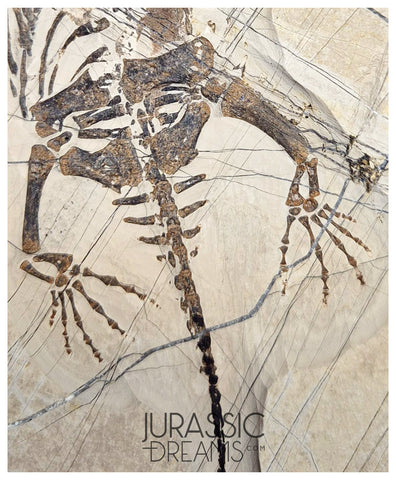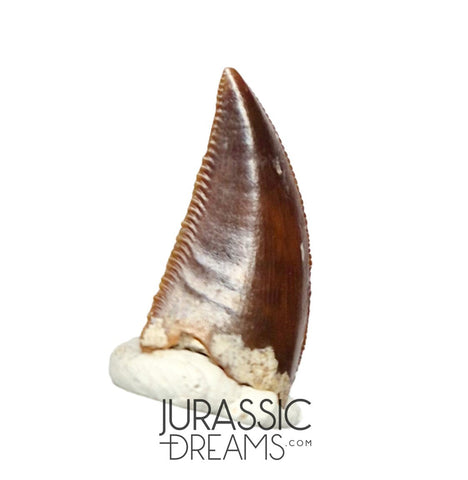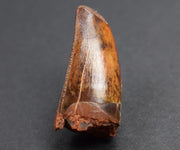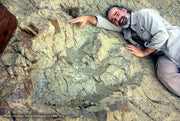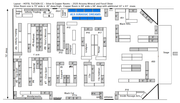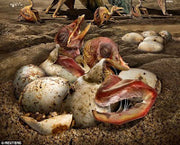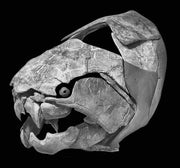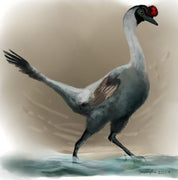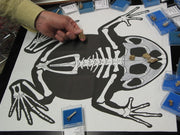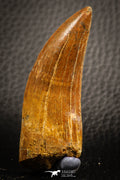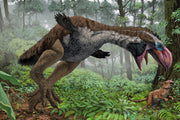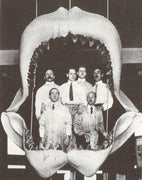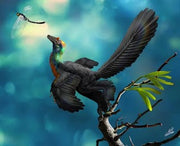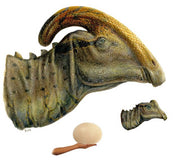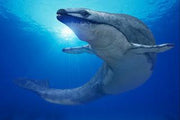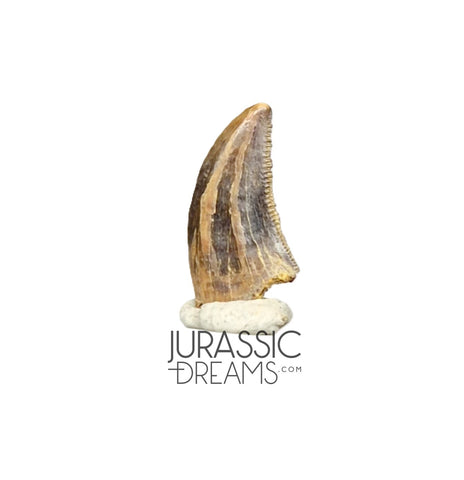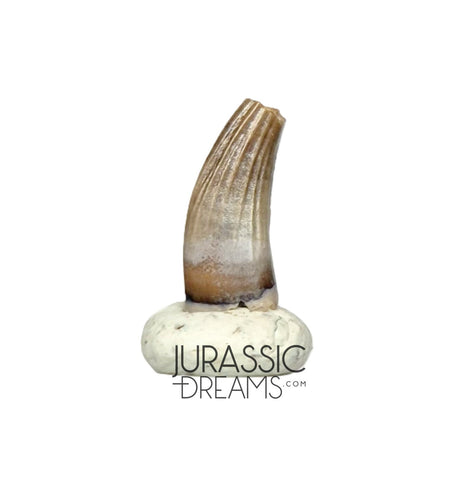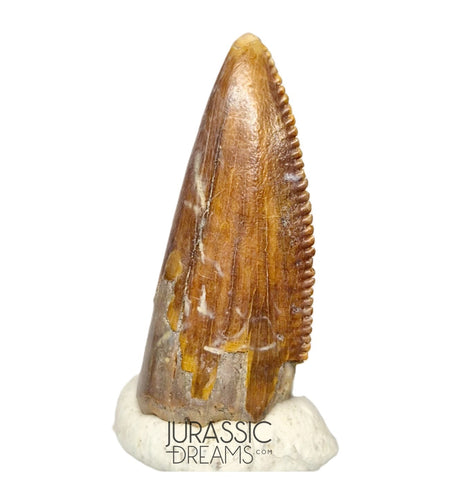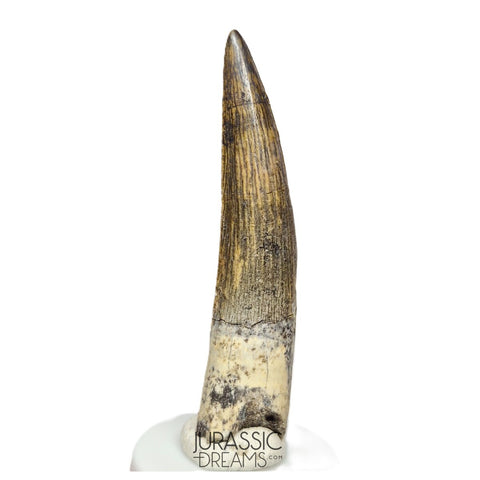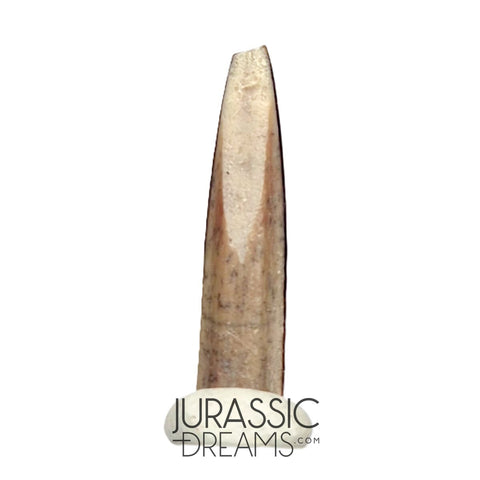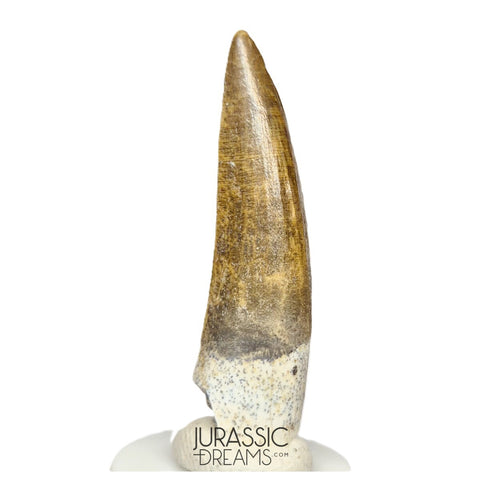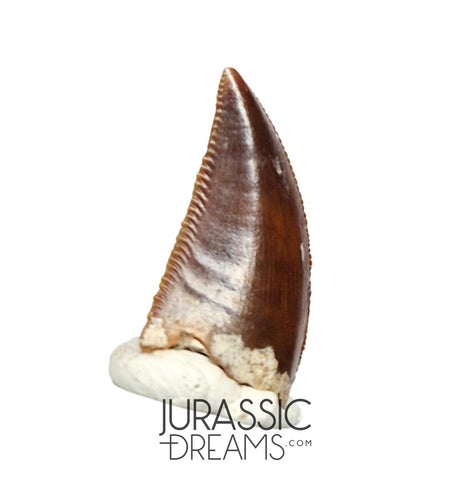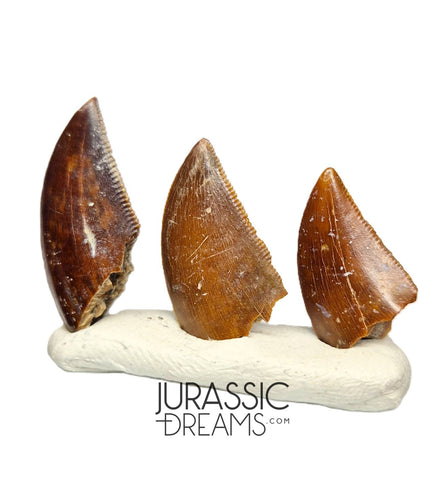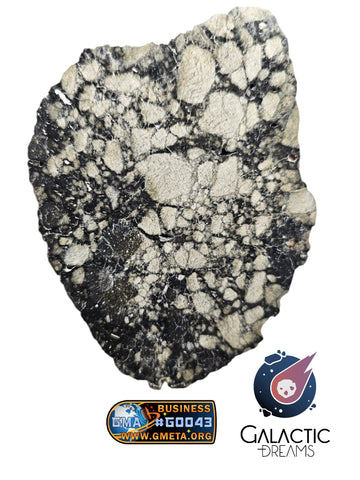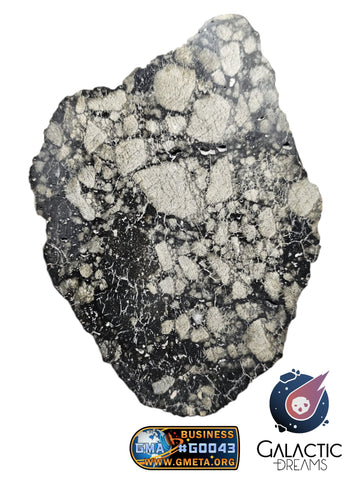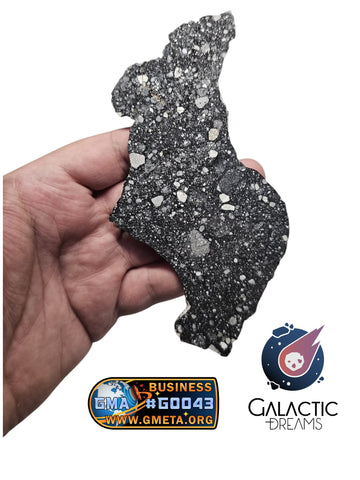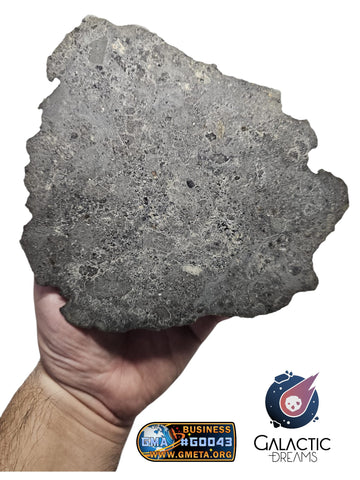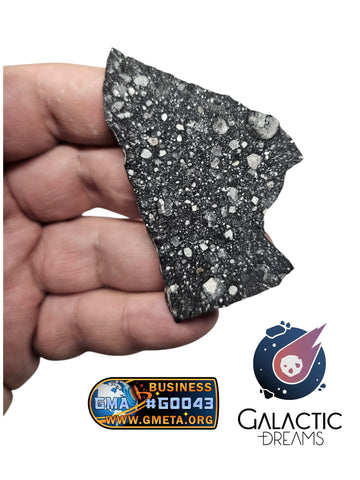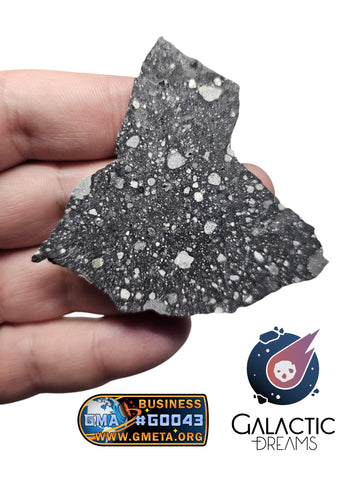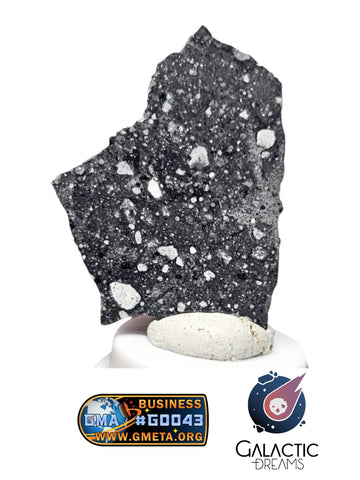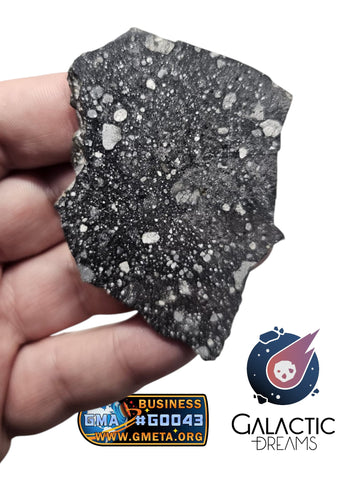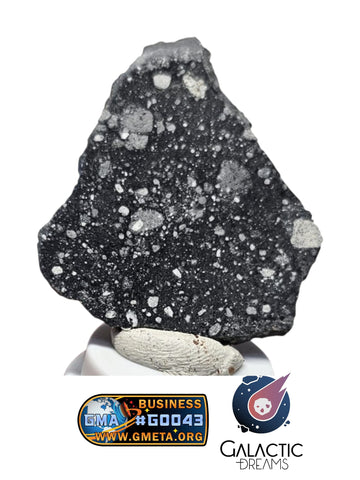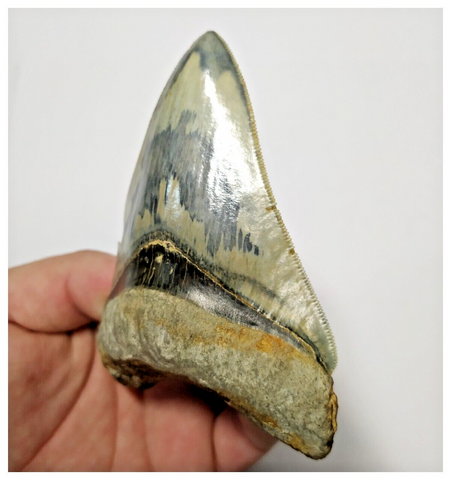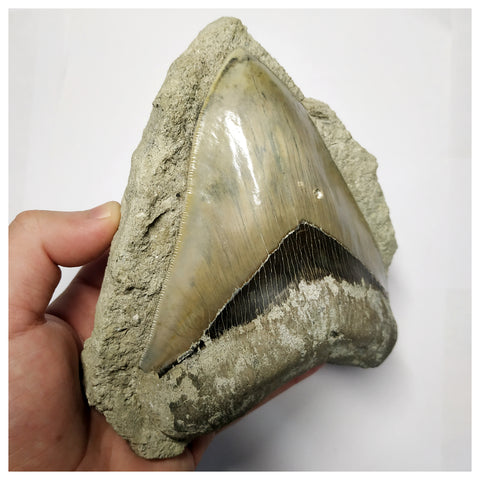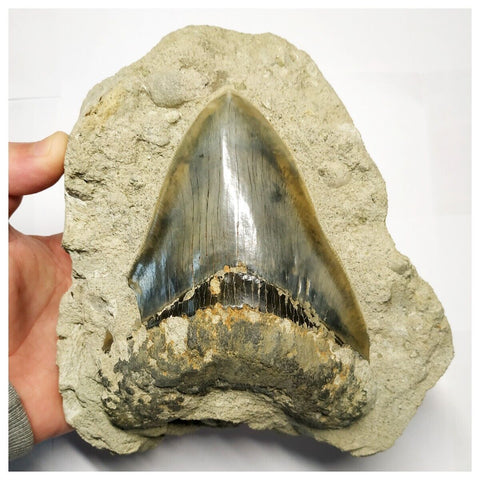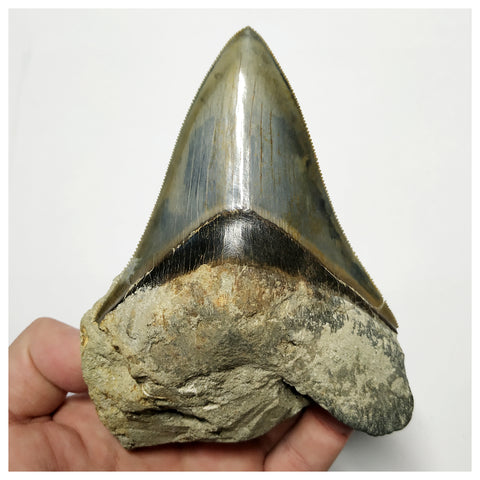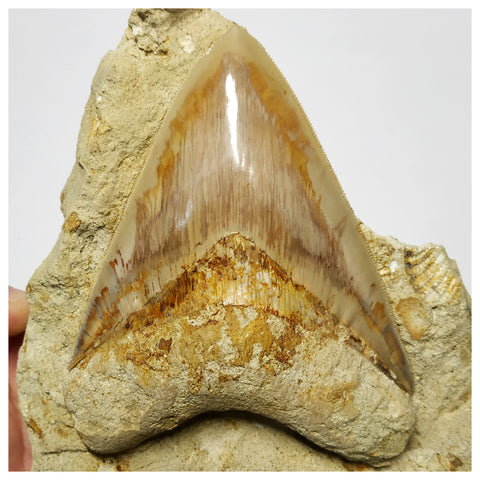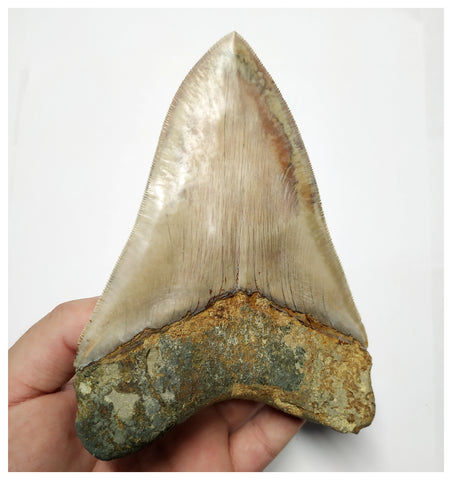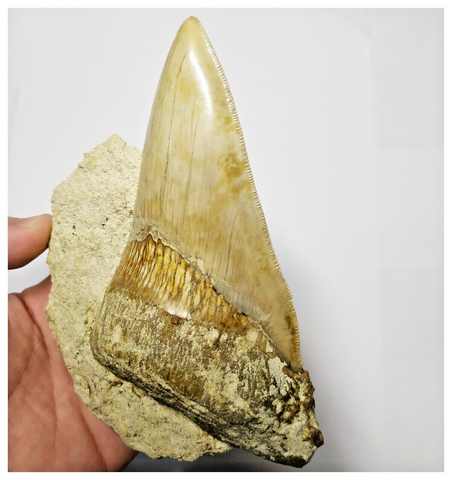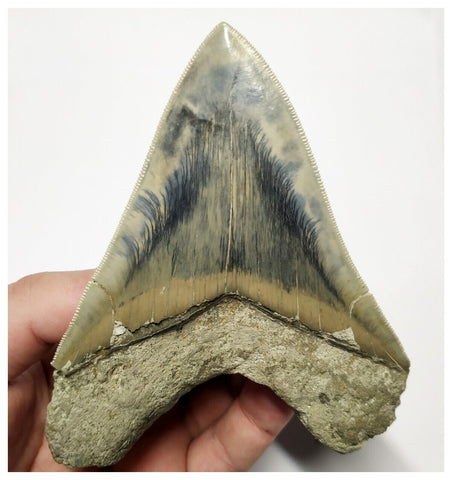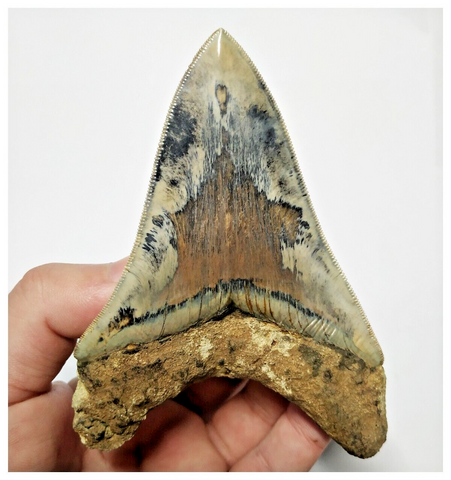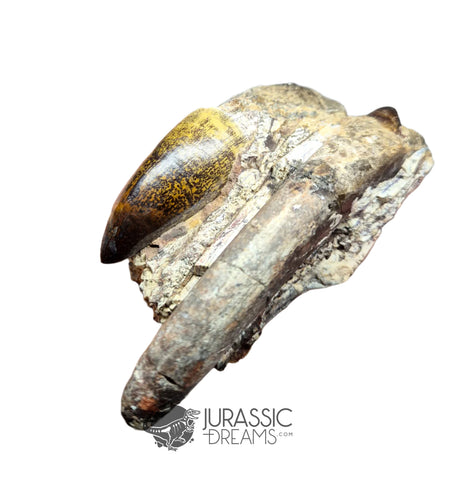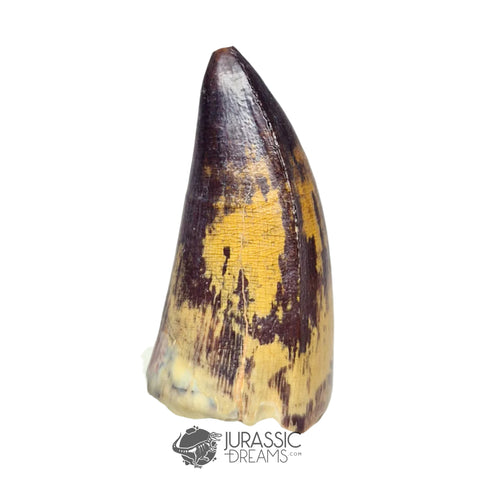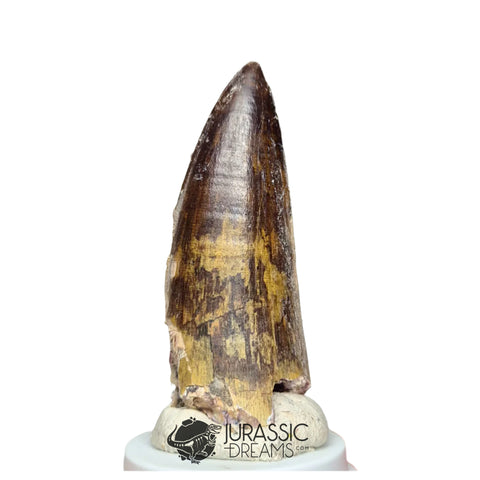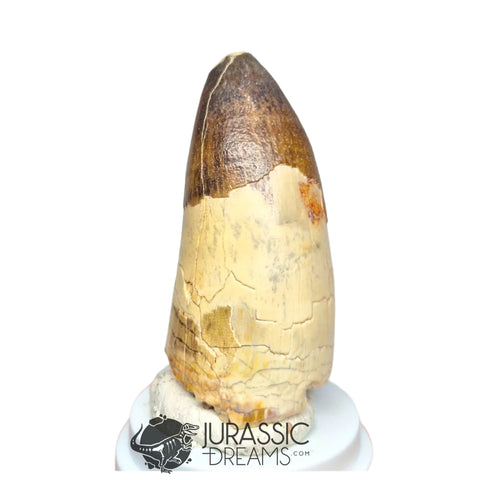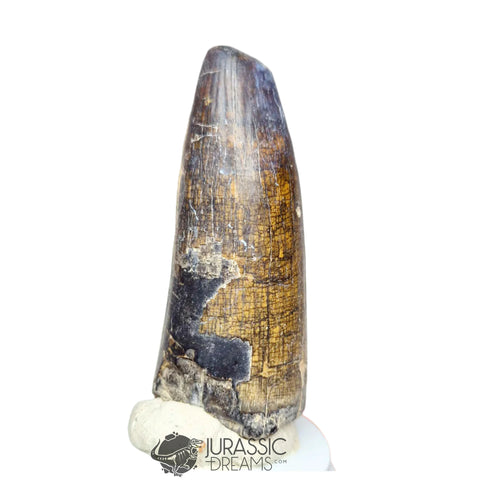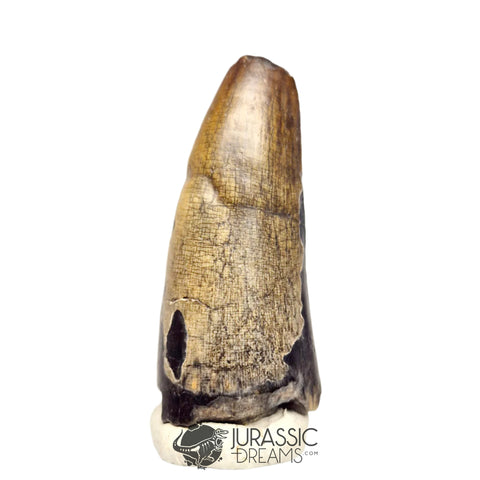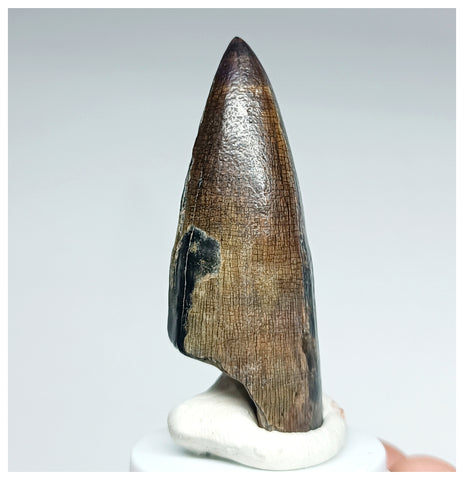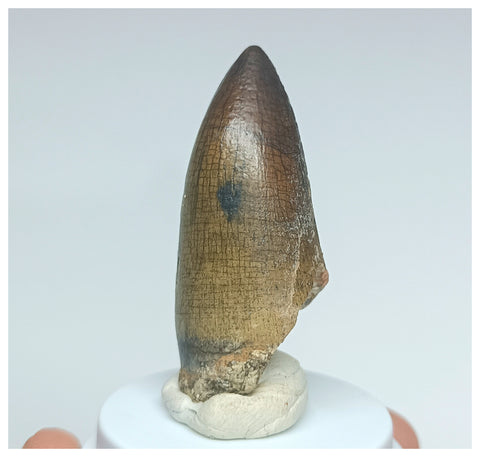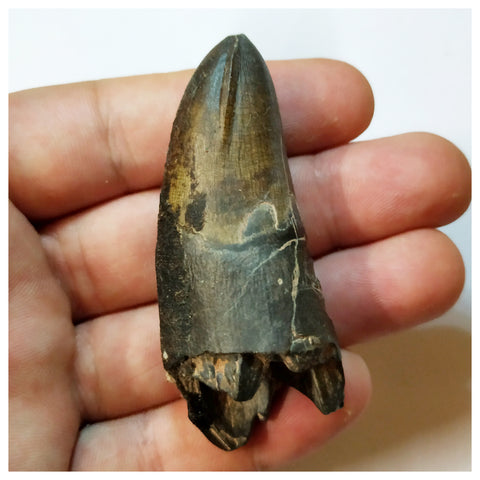Sometimes, a new species of dinosaur is discovered by a reduced set of bones. These bones can be enough to create a general image of the animal, or on the contrary it can only serve to stop opening infinite questions. The story of the Deinocheirus "terrible hands" was one of those cases surrounded by questions.

Hand of Deinocheirus
In 1965 the sands of the Gobi desert gave scientists a mystery, the fossil bones of a huge dinosaur: A few vertebrae and what appeared to be two almost complete arms. The authors pointed out that a load of the expedition would be surprised when reaching the dimension that said arms would allow.
Once the equipment is transferred to the museum, restored and assembled, each of them is 2.4 meters. The huge claws and curves gave a ferocious aspect to the dinosaur that possessed them, but except for the large size and its possible carnivorous diet, nothing else was known about that enigmatic extinct animal.  For decades the debate was open and without consensus, an attempt was made to find a place to fit the Deinocheirus. Luckily in 2009 a new expedition to the Gobi brought with it two new skeletons of Deinocheirus, this time much more complete. One of those skeletons included a skull. Finally the enigma was solved and the "terrible hands" got its shape.
For decades the debate was open and without consensus, an attempt was made to find a place to fit the Deinocheirus. Luckily in 2009 a new expedition to the Gobi brought with it two new skeletons of Deinocheirus, this time much more complete. One of those skeletons included a skull. Finally the enigma was solved and the "terrible hands" got its shape.
Its skull surprised everyone, he had a snout shaped like a "duck's beak"; the spine formed a hump and his body was robust. He imagined the Deinocheirus as a huge carnivore, also as an herbivore similar to Gallimimus, and its diet was also a surprise. Abundant gastroliths, stones ingested to aid in digestion, were found in the stomach area.
Along with these gastroliths there were fish vertebrae, which indicated that the Deinocheirus had eaten fish the last time it fed. Paleontologists do not rule out that they also ate vegetables; they intuit that they had primitive and fine feathers covering their bodies, but their final appearance and their customs remained a mystery.

Recreation of the appearance of the Deinocheirus
Germán Z. López
This post can also be read in Spanish at our partner blog Made in Pangea.
Illustrations: www.pinterest.com
Photographs: www.wikipedia.org
Sources:
- Nature Magazine. "Resolving the long-standing enigmas of a giant ornithomimosaur Deinocheirus mirificus. Lee, Y. N., Barsbold, R., Currie, P. J., Kobayashi, Y., Lee, H. J., Godefroit (2014).
- Osmólska, H. y E. Roniewicz. (1970). Deinocheiridae, a new family of theropod dinosaurs. Palaeontología Polonica (21): 5–19.
- Kobayashi, Y., & Barsbold, R. (2006). Ornithomimids from the Nemegt Formation of Mongolia. Journal-paleontological society of Korea. 22 (1), 195.



